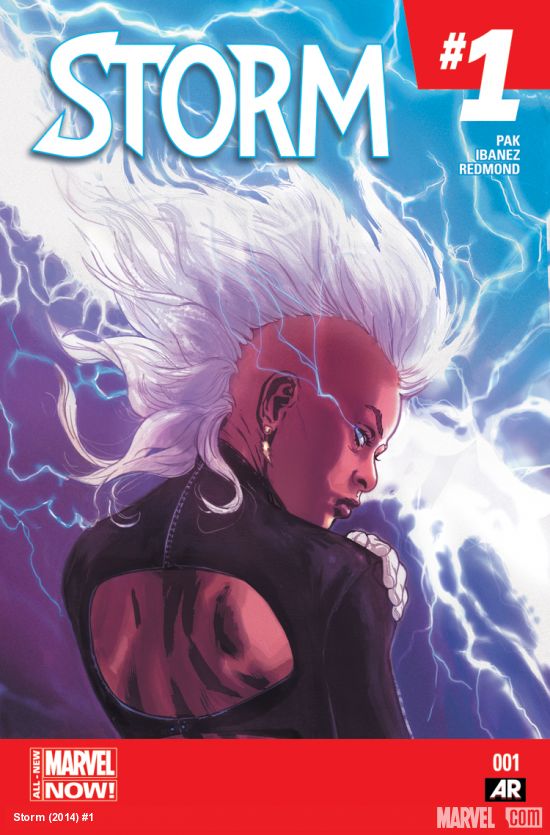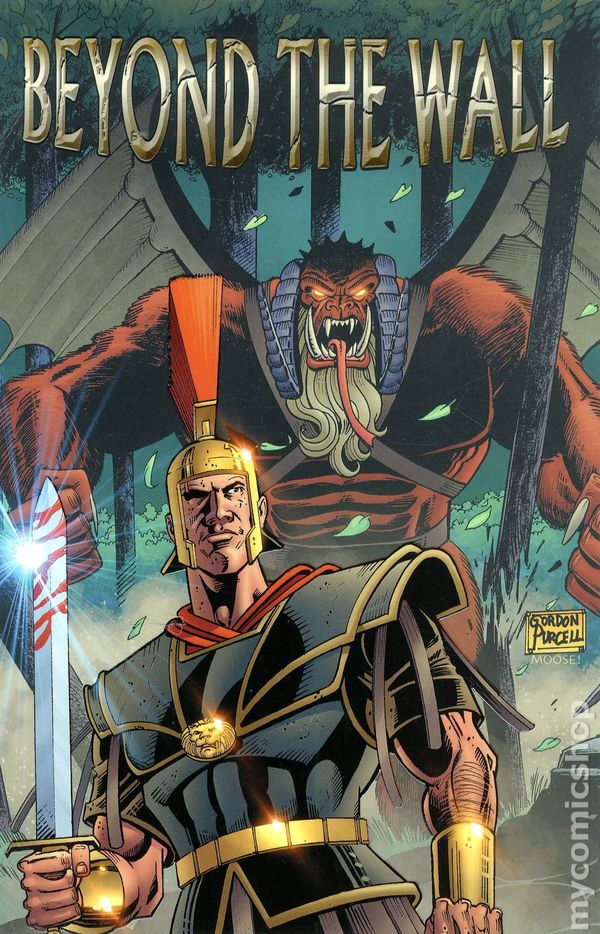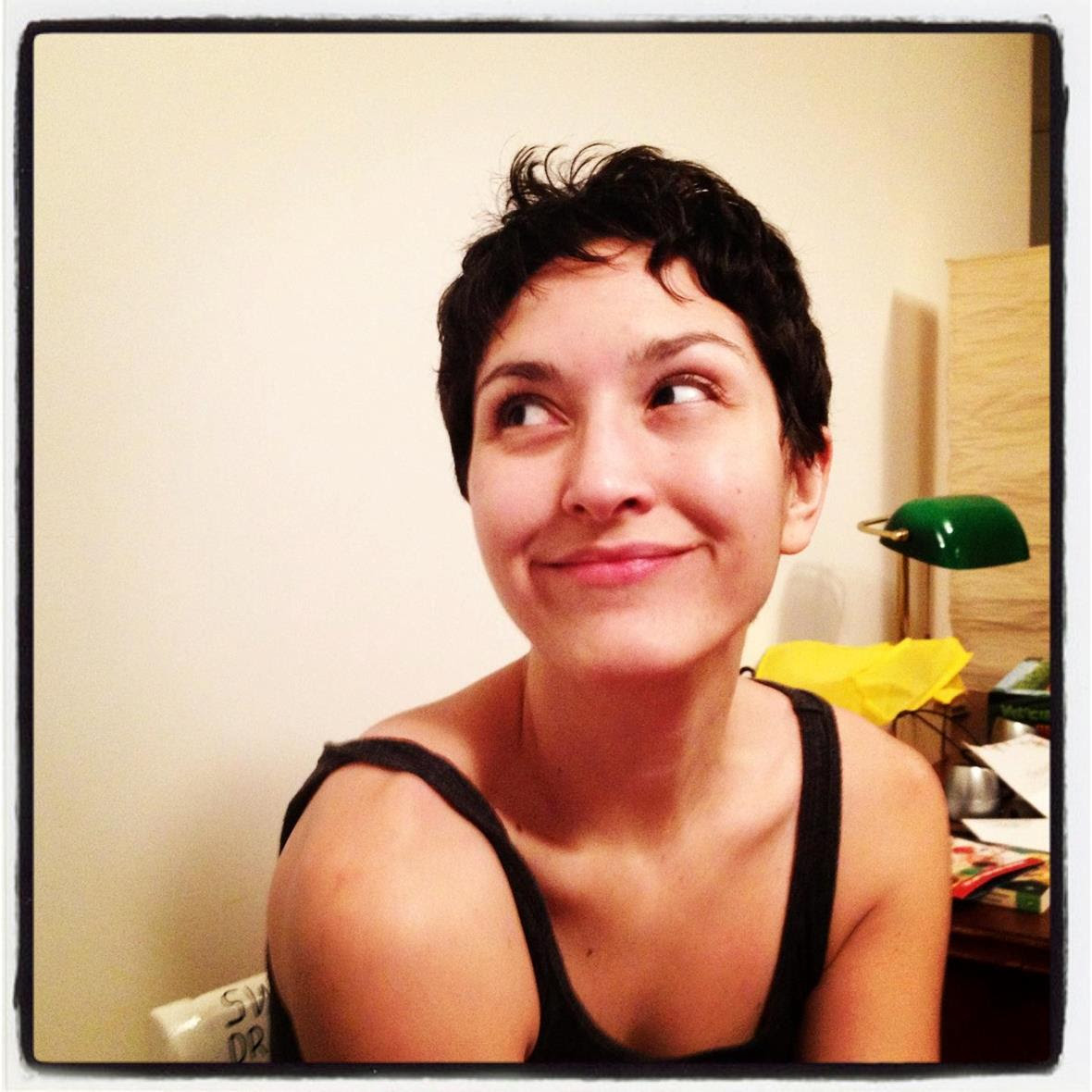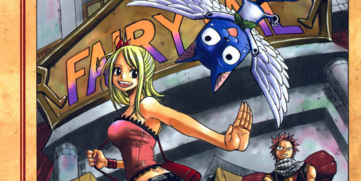“She’ll lose and find where she belongs a hundred times.”
This issue is full of poignant moments, but nothing spoke to me as much as that line. Storm is speaking about young Marisol (also known as Flourish, now called Creep), a mutant and student who clearly reveres Storm as a role model.
In Storm #1, we see the iconic protagonist as a confident, experienced middle-aged woman. Most importantly, Storm is not one thing. When she describes her various roles on the first page, she not only provides an introduction to her past, but demonstrates that one woman may have many roles in her life.
From the beginning, Storm also makes it clear that a sense of home and belonging is important (a common theme in works about the X-Men) and that she’s okay with still being on her journey to find where she fits in. Storm recognizes that sometimes she may be at home in the sky; in the past home could have been Wakanda, N’Dare, or school – but she has always been herself.
Storm also wastes no time in revealing that she now considers the consequences of her actions – and that she has grateful to have learned such a perspective through age.
As a 33-year-old immersed in hobbies full of younger people (video games, LARPing, comic book conventions), this holds a lot of value for me. Too often, women ‘get too old’ for the roles they still fill as men simply become distinguished. Storm assumes this phase of her life as both natural and necessary.
Although she operates with the finesse and wisdom that comes with age, she is still characteristically unapologetic – if not moreso.
What Worked
- This comic really spoke to me. Storm is tough but doesn’t need a ‘tough lady’ exterior: she’s honest and direct and assertive, and I’d like to be more like her in that way.
- The teens in the comics act like teenagers without being punished for it. Storm and Henry (Beast) do their best to be understanding that the students are going through a tumultuous time. The teens’ body language and posture says a great deal about how they are feeling. At least half of the dialogue in this issue is unspoken – it’s illustrated by Victor Ibanez.
- Additionally, the people in the comic look real – yes, Storm and the superheroes are still athletic, but they are portrayed realistically. Additionally, the students are not over-sexualized and the humans we see look like people you would see walking down the street – not a bunch of models.
- The color of each scene matches the characters’ moods precisely. Storm’s moods – comfort and generosity, protectiveness, anger, frustration, and tenderness – are all expressed primarily through color (the fantastic work of colorist Ruth Redmond).
- The story successfully tackles the issue of serving one’s community versus feeling like/being called a sellout – something that is hard for many young people to deal with when they make their way in the real world. Writer Greg Pak writes the related confrontation between Marisol and Storm with tact and respect.
- When Storms speaks or performs an action, it is decisive and assertive. However, we also see her in moments of introspection and compassion, just basking in moments that happen during good times.
- The hairstyle – the mohawk. Sure, Storm looks more fierce with her hair this way, but also more vulnerable and expressive. Without the focus on all of that hair whipping around/behind her face, it’s easier to see what she’s feeling.
- The issue tackles some serious matters. It’s not without humor. (Check out Henry’s coffee cup if you want to know what I’m talking about.)
- Storm #1 primarily features women and people of color. White dudes can be awesome but this is a welcome change. This helps me feel like this comic is doing something new and I don’t have to be an expert to pick it up, especially since this is the first issue.
What Didn’t Work
This comic did work all around for me, and I’m probably the target audience. It showed more about character than events.
- Comic book fans who already know a lot about Storm might want more combat instead of inner struggle.
- I won’t post spoilers for the end, but the last two pages felt short. I’m ready to learn more about Marisol because I know Storm will be fine flying off to save the world. Hopefully Issue #2 won’t leave us hanging on the Marisol plotline.
Specific Recommendations
If you’re open to reading comic books as a family, this is a pretty good pick. This comic book reinforces:
- Women hold many roles throughout their lives
- Community and family are important
- Everyone feels like a ‘freak’ at some point in life
- Actions have consequences
- When a friend/child is down, sometimes she just needs someone to listen – not a lecture
There’s been some negative fan reaction (usually in the comments sections, of course), mostly criticizing the way Storm looks. This simply reinforces the need for characters and role models like this version of Storm.
For more information, head to the official Marvel site.
(Editor’s note: Like this article? See another viewpoint of Storm #1 in our brother article written by Jeff Gwinnup.)





